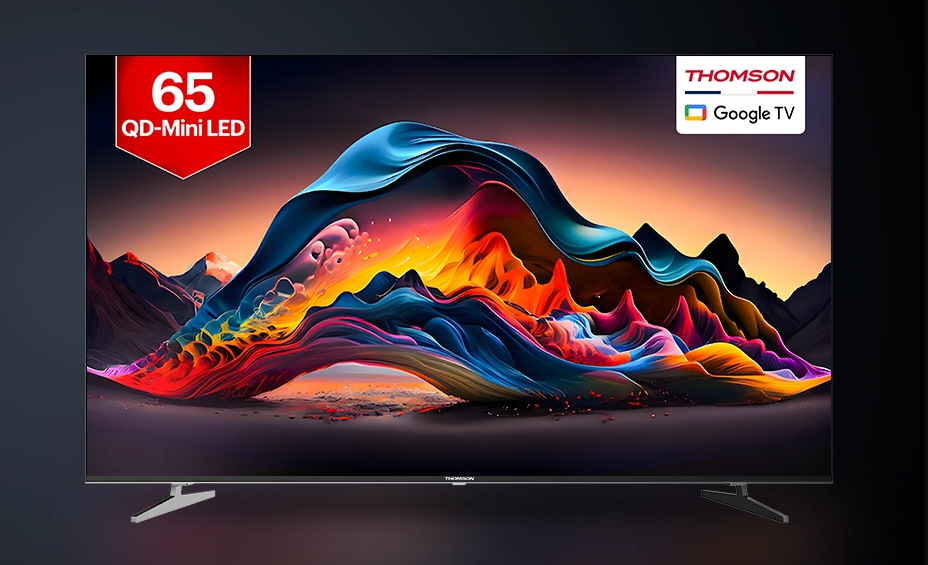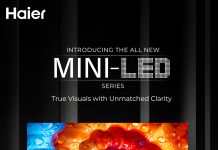Have we encountered different writings when buying a TV? Let’s see in detail what NanoCell and OLED mean.
Wandering around an electronics store in a shopping center, you can happen to come across new generation televisions with NanoCell and OLED lettering . These two acronyms identify two precise technologies that are profoundly different from each other, which can easily deceive a not very attentive user (especially if he is enchanted by the spectacular images of the new Smart TVs on sale).
To be on the safe side and not to make mistakes, in this guide we will show you what NanoCell means and what OLED means , so you can choose the best TV to buy according to our needs, based on the size of the diagonal chosen and based on the sale price. (which is always very important to evaluate on televisions with a diagonal greater than 50 inches).
What does NanoCell mean
NanoCell is a technology developed by LG to improve color detail and display accuracy based on traditional LCD technology. In fact, the televisions with the NanoCell writing appear as LCD televisions with LED backlighting , with the addition of a layer of nanoparticles interposed between the liquid crystals and the TV screen.

The quality offered by these televisions is comparable to that obtainable with other LCD LEDs on the market, with the addition of a visible improvement in color and saturation , thanks to the absorption of the dispersive light typical of the illumination on LCD panels. They are commercially available with various diagonals and support all 4K UHD with HDR, although some models with 8K resolution have been presented.
From the point of view of brightness and contrast, the values are similar to those seen on any LCD LED TV, so it is worth considering this technology only if we want to obtain a higher color gamut (without necessarily resorting to HDR content. ) and a “fuller” saturation without activating dynamic filters.
What does OLED mean
OLED is considered by many to be the technology of the future for home televisions. With this technology we will have a panel of Organic LEDs capable of generating both the light and the color of the single pixel , thus making the backlight panel useless (necessary on all LCDs, even NanoCell).

With OLED we will therefore have much thinner televisions than the LCD counterparts, an infinite contrast level, considerable energy savings and in general a high visual quality .
The only limitation of OLED technology is brightness , which tends to be lower than OLEDs due to the lack of the backlight panel (which could create some problems in very bright environments).
OLED technology is developed by LG but is also present on other TV manufacturers, to which LG produces the panels under license. While NanoCell technology can only be found on LG TVs, OLED technology can be found both on LG TVs (which has always been a reference point for OLEDs) and on TVs produced by Philips, Sony and Panasonic. Samsung lacks appeal , which develops completely different technologies for its screens.
Comparison of TV models
Wanting to compare the two technologies, we immediately notice the price difference: with NanoCell we can access televisions with very high diagonals at prices below 1000 €, while with OLED it is necessary to spend much more to be able to grab a TV with the same diagonal.
NanoCell televisions
The cheapest TV we can consider is LG NanoCell 43NANO756PA , sold and shipped by Amazon for less than 500 €.

This TV features 43-inch 4K UHD screen with HDR, NanoCell screen technology, Quad Core 4K processor, Wi-Fi connection, webOS 6.0, FILMAKER MODE, Game Optimizer mode, support for Google Assistant and Amazon Alexa voice commands and Pointer Remote Control.
If, on the other hand, we wanted a very large TV to be placed in the living room, we recommend that you take a look at the LG NanoCell 65NANO856PA , sold and shipped by Amazon for less than 1000 €.

This TV features 65-inch 4K UHD screen with HDR, NanoCell screen technology, 4K α7 Gen4 processor, Dolby Vision IQ, Wi-Fi connection, webOS 6.0, FILMAKER MODE, Game Optimizer mode, support for Google Assistant and Amazon Alexa voice commands , HDMI 2.1 connection and Remote Control Pointer.
OLED TVs
For OLED technology we suggest you consider LG OLED TVs, which are the sole owners of the technology. One of the best models is the LG OLED55A16LA Serie A1 2021 , sold and shipped by Amazon for less than 1100 €.

This smart TV boasts a 55-inch 4K UHD screen with HDR, OLED screen technology, 4K α7 Gen4 processor, Dolby Vision IQ, Wi-Fi connection, webOS 6.0, FILMAKER MODE, Game Optimizer mode, support for Google Assistant and Amazon voice commands. Alexa and Remote Control Pointer.
If we want to focus on an OLED from another manufacturer we can also consider the Philips TV Ambilight 55OLED855 / 12 , sold and shipped by Amazon for less than 1300 €.

This TV features a 55-inch 4K UHD screen with HDR, OLED screen technology, P5 AI Picture Processor, HDR10 + support, support for Dolby Vision and Dolby Atmos, Android TV operating system, and Amazon Alexa voice assistant built into the remote.
Among the flagship models for OLED technology we also find the Sony Bravia OLED KE-55A8P , sold and shipped by Amazon for less than 1500 €.

On this Smart TV we find a 55-inch 4K UHD screen with HDR, OLED screen technology, X1 Ultimate advanced processor, 4K X-Reality PRO technology, Triluminos display, X-Motion Clarity technology, self-illuminating OLED, HDR10 + support, support for Dolby Vision and Dolby Atmos and Android TV operating system.
READ ALSO: How to choose and buy the best Smart TV .
Conclusions
Summing up, the challenge between the two technologies is substantially equal : on the one hand we have NanoCell which improves what is possible on the old LCD LED technology and allows you to reach interesting diagonals (over 60 inches) at a low price, while from the another we have OLED which represents the best of technology for all modern televisions, but has higher prices and a brightness that is not always satisfactory.
To learn more we can also read the comparison between OLED and QLED




